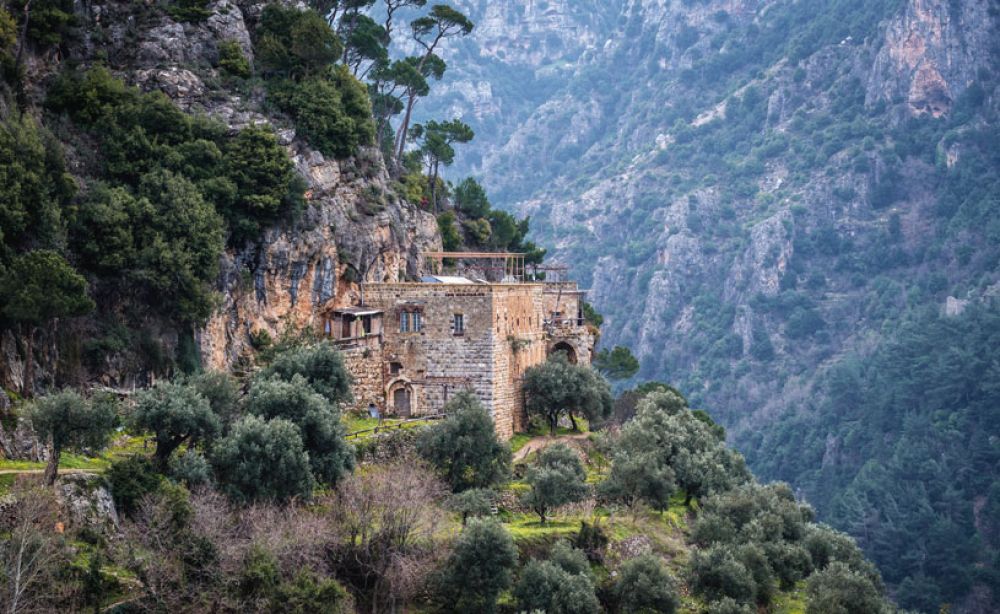

Nestled in the heart of the Qadisha Valley, also known as the Holy Valley, the Deir Qannoubin Monastery stands as a testament to the enduring Christian presence in Lebanon. The monastery's history dates back to the early days of Christianity in the region, with some accounts suggesting its roots can be traced to the fourth century. It served as the seat of the Maronite Patriarchate for centuries until the relocation to Bkerké in the 19th century.
The Qadisha Valley, wherein Deir Qannoubin is located, has been recognized as a UNESCO World Heritage site. This beautiful and historically rich valley has been a place of monasticism since the earliest years of Christianity. The caves and monasteries in the valley have served as a sanctuary for those seeking spiritual solace and as a bastion for Christian monks during times of persecution.
The Cedars of God refers to the ancient cedar forests that emblemize the Lebanese nation. These majestic trees are among the last survivors of the extensive forests that once thrived across Mount Lebanon. The history of these cedars can be found in multiple ancient texts, highlighting their significance throughout the ages, including their mention in the Bible as the source of timber used in the construction of King Solomon's temple.
Today, the Cedars of God are under protection, recognized both as a UNESCO World Heritage site and as an integral symbol of Lebanon's natural and cultural heritage. Their preservation is a testament to the country's commitment to protecting and cherishing these natural wonders for future generations.
The history of tourism in Lebanon is as diverse as its landscape, tracing back to antiquity when it was a part of the Phoenician civilization, famous for its seafaring and trade. The country's rich cultural heritage, illustrated by its historical ruins and vibrant cities like Beirut, has made it an appealing destination for travelers for centuries.
The modern era of Lebanese tourism began in the late 19th and early 20th centuries when Lebanon was often described as the "Switzerland of the East," due to its scenic beauty and cosmopolitan capital. Lebanon continued to attract tourists in the mid-20th century, with its glamorous nightlife, cultural festivals, and rich archaeological sites.
However, the onset of the civil war in 1975 dealt a heavy blow to the tourism sector. After the war ended in 1990, the country worked to rebuild its tourism industry. The 2000s witnessed a resurgence in tourism, with Beirut regaining its reputation as a vibrant Mediterranean hub and a party capital.
In recent years, tourism trends in Lebanon have witnessed a shift towards eco-tourism, adventure tourism, and cultural experiences. Travelers are now seeking authentic experiences that include traditional culinary delights, hikes through the country's stunning landscapes, and exploration of Lebanon's rich historical sites, including Roman ruins, Crusader castles, and Islamic architecture.
Despite the challenges, including political instability and economic fluctuations, Lebanon continues to showcase its resilience and appeal as a destination with a deep historical heritage and an abundance of beauty, both natural and man-made, eagerly awaiting the return of global visitors.